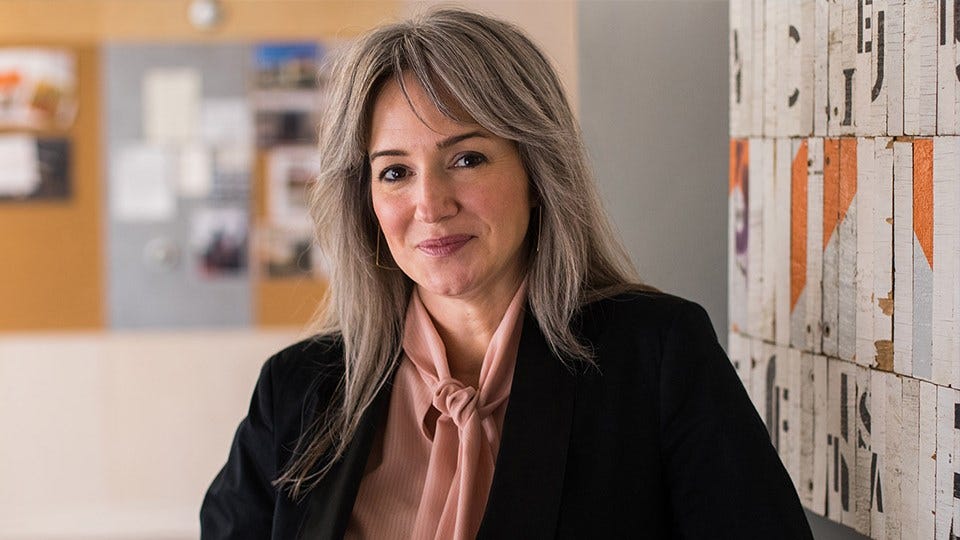5 Tips for an Effective Fundraising Strategy

Subscriber Benefit
As a subscriber you can listen to articles at work, in the car, or while you work out. Subscribe NowFrom crowdsourcing to coordinating budgets and donor relations, it can be a beast to tackle fundraising needs on your own, especially when the organization is successful and thriving. However, marketing can vastly help in reaching those fundraising goals, if met with a strategy and plan in motion.
Below are five tips on how to introduce an effective fundraising strategy to your organization.
Set your goals and objectives.
Every fundraising campaign needs a specific goal before kicking off any new initiatives or campaigns. Not only can goals help measure success, but it keeps things on track and moving, with a lesser chance of setbacks. Common fundraising goals can entail funding projects, acquiring new donors or recruiting volunteers.
When setting a fundraising goal, make sure it is realistic. Too often, fundraising goals are set based on the gap between existing funding and what still needs to be raised to meet the budget. This strategy has no connection to the number of existing donors, staff capacity and public awareness. Although your team should work toward meeting your overall objective, don’t let it get in the way of the big picture – the mission of your organization. Always keep your mission at the center of each tactic and intention.
Target the right people and communicate with stakeholders.
Your fundraising plan is only as successful as your communication. There are two main audiences to think about: your team, key stakeholders and ambassadors (so they can spread the word) and prospective donors and/or volunteers (depending on your goals).
For the internal team, consider how your organization operates best. Is it through email, board meetings, text message, Facebook? Decide which outlet will resonate with your team and keep them updated as fundraising continues. Share how they can help and ask for their input. A successful team is collaborative and intuitive, so start to integrate an open policy, sourcing feedback from the entire group.
After informing your internal team on fundraising efforts, it’s time to identify external audiences. The best way to reach and grow continual donors is through stewardship and communication designed particularly for prospective supporters. Create personas of your primary supporters in order to tailor marketing and messaging to the ideal donor. Research your current donors to learn what exactly they have in common, their behaviors and preferences to begin building your audience persona.
Display the impact through storytelling.
Storytelling is vital to an organization wanting to influence behavior and drive emotions, especially when it comes to fundraising. Each organization has a story and a mission to share! A good story makes your brand more personal, helps you connect with your audience and increases brand loyalty.
Storytelling can be as simple as sharing a feature on volunteers or testimonials from the audience you serve. Find ways to incorporate your organization’s purpose into basic messaging in social campaigns, outreach methods, marketing collateral and anything else that will resonate. Use photography, hand-written pieces, and a big “donate” button. Your donors and contributors want to know what they’re contributing to, so instead of making the connection later on, present the story and purpose ahead of time. If your audience can connect with your story and mission, they will be more inclined to donate.
Develop marketing collateral and engage through creativity.
Similar to storytelling, marketing collateral is often the first impression of an organization. Whether it be a flyer at a coffee shop, a graphic on Facebook or video advertisement, your collateral should be appealing and clear enough to encourage action.
Video content remains one of the most effective marketing tools. According to a recent report, people are more likely to choose video over text, and 95 percent of viewers remember a video ad rather than a blog or text ad. Consider taking advantage of video potency by incorporating more into your marketing and fundraising strategies.
Measure and analyze.
You can run various fundraising campaigns throughout the year, but how do you know which campaign is producing the best results? Measurement and analysis become more important than ever at this stage, to evaluate effectiveness. Using various fundraising metrics that work for your organization, you can track the performance of individual campaigns, overall ROI, volunteer rate, donor growth rate and more.
It’s crucial to continue to measure and review your current strategy to see how close or how far you range from your goals. If you’re only three months into your new strategy and you’ve exceeded goals, adjust and keep going. If you notice you’re behind schedule on donors, evaluate new strategies to better engage with those audiences.
Fundraising is no easy task, but with the right team and strategy to guide you, your efforts won’t go unnoticed your organization’s mission and impact become stronger.
Jenny Dexter is Vice President of Business Development of Matchbook, a full-service marketing agency focused on providing expertise to partners working to create impactful change. You can learn more about Matchbook by clicking here.
